Collective Molecular Activities of the Plant: Vellozia Candida
Overview of Ingredients
8 All known Ingredients in Total
Unique ingredients have been isolated from this plant.Plant-Ingredients Associations were manually curated from publications or collected from other databases.
4 Ingredients with Acceptable Bioavailablity
Unique ingredients exhibit acceptable human oral bioavailablity, according to the criteria of SwissADME [PMID: 28256516] and HobPre [PMID: 34991690]. The criteria details:SwissADME: six descriptors are used by SwissADME to evaluate the oral bioavailability of a natural product:
☑ LIPO(Lipophility): -0.7 < XLOGP3 < +5.0
☑ SIZE: 150g/mol < MW < 500g/mol
☑ POLAR(Polarity): 20Ų < TPSA < 130Ų
☑ INSOLU(Insolubility): -6 < Log S (ESOL) < 0
☑ INSATU(Insaturation): 0.25 < Fraction Csp3 < 1
☑ FLEX(Flexibility): 0 < Num. rotatable bonds < 9
If 6 descriptors of a natural plant satisfy the above rules, it will be labeled high HOB.
HobPre: A natural plant ingredient with HobPre score >0.5 is labeled high human oral availability (HOB)
6 Ingredients with experimental-derived Activity
Unique ingredients have activity data available.Ingredient Structrual Cards
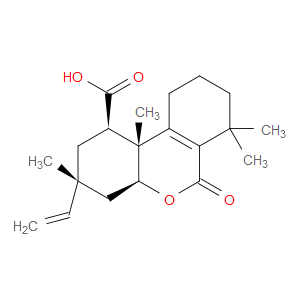
Ingredient ID: NPC486489
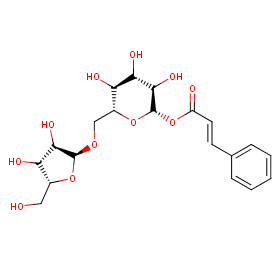
Ingredient ID: NPC236814
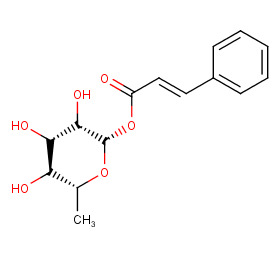
Ingredient ID: NPC225015
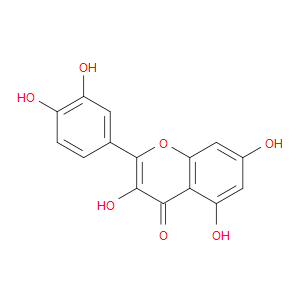
Ingredient ID: NPC20791
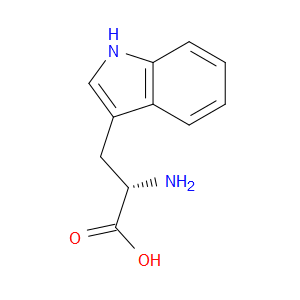
Ingredient ID: NPC203468
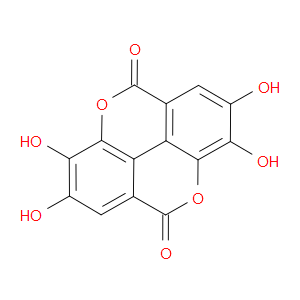
Ingredient ID: NPC178134
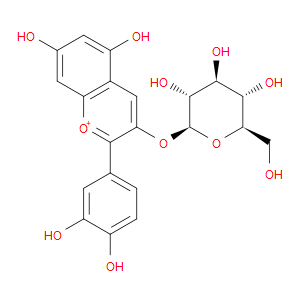
Ingredient ID: NPC168579
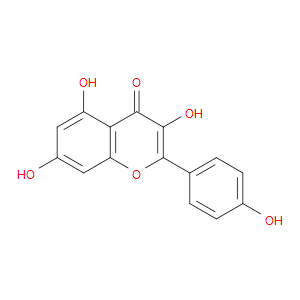
Ingredient ID: NPC116775
Classification of Human Proteins Collectively Targeted by the Plant
Detailed Information of Target Proteins
| Target Type | Protein Class | Gene ID | Protein Name | Uniprot ID | Target ChEMBL ID |
|---|---|---|---|---|---|
| Cytochrome P450 | Cytochrome P450 family 1 | CYP1A1 | Cytochrome P450 1A1 | P04798 | CHEMBL2231 |
| Cytochrome P450 | Cytochrome P450 family 1 | CYP1A2 | Cytochrome P450 1A2 | P05177 | CHEMBL3356 |
| Cytochrome P450 | Cytochrome P450 family 1 | CYP1B1 | Cytochrome P450 1B1 | Q16678 | CHEMBL4878 |
| Drug Transporter | SLC superfamily of solute carriers | SLC22A6 | Solute carrier family 22 member 6 | Q4U2R8 | CHEMBL1641347 |
| Therapeutic Target | Enzyme | ALOX12 | Arachidonate 12-lipoxygenase | P18054 | CHEMBL3687 |
| Therapeutic Target | Enzyme | RECQL | ATP-dependent DNA helicase Q1 | P46063 | CHEMBL1293236 |
| Therapeutic Target | Enzyme | POLB | DNA polymerase beta | P06746 | CHEMBL2392 |
| Therapeutic Target | Enzyme | HPGD | 15-hydroxyprostaglandin dehydrogenase [NAD+] | P15428 | CHEMBL1293255 |
| Therapeutic Target | Enzyme | APEX1 | DNA-(apurinic or apyrimidinic site) lyase | P27695 | CHEMBL5619 |
| Therapeutic Target | Enzyme | NOX4 | NADPH oxidase 4 | Q9NPH5 | CHEMBL1250375 |
Clinical trials associated with plant from natural product (NP) & plant level:
| Clinical trials type | Number of clinical trials | |
|---|---|---|
| 29 | ||
| NCT ID | Title | Condition | Form in clinical use | Associated by plant or compound |
|---|---|---|---|---|
| NCT00000324 | Tryptophan and Behavior Therapy for Cocaine Abuse - 1 | cocaine dependence | Tryptophan (NPC203468) | |
| NCT00455416 | Dietary Intervention in Follicular Lymphoma | follicular lymphoma | Quercetin (NPC20791);Ellagic Acid (NPC178134) | |
| NCT00567931 | 1-Methyl-D-Tryptophan in Treating Patients With Metastatic or Refractory Solid Tumors That Cannot Be Removed By Surgery | neoplasm | Tryptophan (NPC203468) | |
| NCT01042535 | Vaccine Therapy and 1-MT in Treating Patients With Metastatic Breast Cancer | male breast carcinoma | Tryptophan (NPC203468) | |
| NCT01191216 | 1-Methyl-D-Tryptophan and Docetaxel in Treating Patients With Metastatic Solid Tumors | neoplasm | Tryptophan (NPC203468) | |
| NCT01348204 | Nasal Potential Studies Utilizing Cystic Fibrosis Transmembrane Regulator (CFTR) Modulators | cystic fibrosis | Quercetin (NPC20791) | |
| NCT01375101 | Therapeutic Effect of Quercetin and the Current Treatment of Erosive and Atrophic Oral Lichen Planus | oral lichen planus | Quercetin (NPC20791) | |
| NCT01438320 | Q-Trial in Patients With Hepatitis C | chronic hepatitis C virus infection | Quercetin (NPC20791) | |
| NCT01708278 | Beneficial Effects of Quercetin in Chronic Obstructive Pulmonary Disease (COPD) | chronic obstructive pulmonary disease | Quercetin (NPC20791) | |
| NCT01720147 | Quercetin in Children With Fanconi Anemia; a Pilot Study | Fanconi anemia | Quercetin (NPC20791) |
❱❱❱ Associated Human Diseases and Detailed Association Evidence
How do we define the Plant-Targeted Human Disease Association?
Associated human diseases of an individual plant are summurized based on FOUR types of association evidence, these include:
❶ Association by Therapeutic Target: Bioactive protein targets of the plant were defined in "Molecular Targets" section, target-disease associations collected from TTD database were subsequently used to build the associations between the plant and its targeted human diseases.
❷ Association by Disease Gene Reversion: Plant and a specific disease will be associated when >= 1 plant target gene overlaped with disease's DEGs.
❸ Association by Clinical Trials of Plant: Plant and a specific disease will be associated when >= 1 clinical trial (the plant is the intervetion) can be matched in ClinicalTrials.gov database.
❹ Association by Clinical Trials of Plant Ingredients: Plant and a specific disease will be associated when >= 1 clinical trial (the plant ingredient is the intervetion) can be matched in ClinicalTrials.gov database.
Associated Disease of the Plant | Association Type & Detailed Evidence |
|---|---|
Acquired hypermelanosisDisease Category: 14.Diseases of the skinDisease ICD-11 Code: ED60 |
TYR
|
Acquired hypomelanotic disorderDisease Category: 14.Diseases of the skinDisease ICD-11 Code: ED63 |
TYR
|
Acute diabete complicationDisease Category: 05.Endocrine, nutritional or metabolic diseasesDisease ICD-11 Code: 5A2Y |
AKR1B1,DPP4,KDR,AURKB,INSR
|
Acute myeloid leukaemiaDisease Category: 02.NeoplasmsDisease ICD-11 Code: 2A60 |
PIM1,FLT3,SRC,AURKB,TP53,AXL
|
Adenocarcinoma of bronchus or lungDisease Category: 02.NeoplasmsDisease ICD-11 Code: 2C25.0 |
CA12,CDK1,AURKB,XDH,GPR35,NPSR1,CA7,CYP2C9
|
Adenocarcinoma of pancreasDisease Category: 02.NeoplasmsDisease ICD-11 Code: 2C10.0 |
RECQL,POLB,XDH,MET,AURKB,PIM1,CYP1B1,CA7,HSD17B2,DPP4,CISD1,NPSR1,ALOX15,ALOX5,CYP2C9,NUAK1,TEK,AXL,ABCG2
|
Adenocarcinoma of prostateDisease Category: 02.NeoplasmsDisease ICD-11 Code: 2C82.0 |
ALOX15,NOX4
NCT01912820 |
Adenocarcinoma of stomachDisease Category: 02.NeoplasmsDisease ICD-11 Code: 2B72.0 |
CDK1,NOX4,AURKB,NPSR1,ALOX15,CYP19A1,MET
|
Ageing associated decline in intrinsic capacityDisease Category: 21.Symptoms, signs or clinical findings, not elsewhere classifiedDisease ICD-11 Code: MG2A |
NCT05422885,NCT04946383
|
Alzheimer diseaseDisease Category: 08.Diseases of the nervous systemDisease ICD-11 Code: 8A20 |
MET,KDR,INSR,FLT3
|

